Affiliate links on Android Authority may earn us a commission. Learn more.
I used my phone to lose 55 pounds and run a marathon. Here's how.
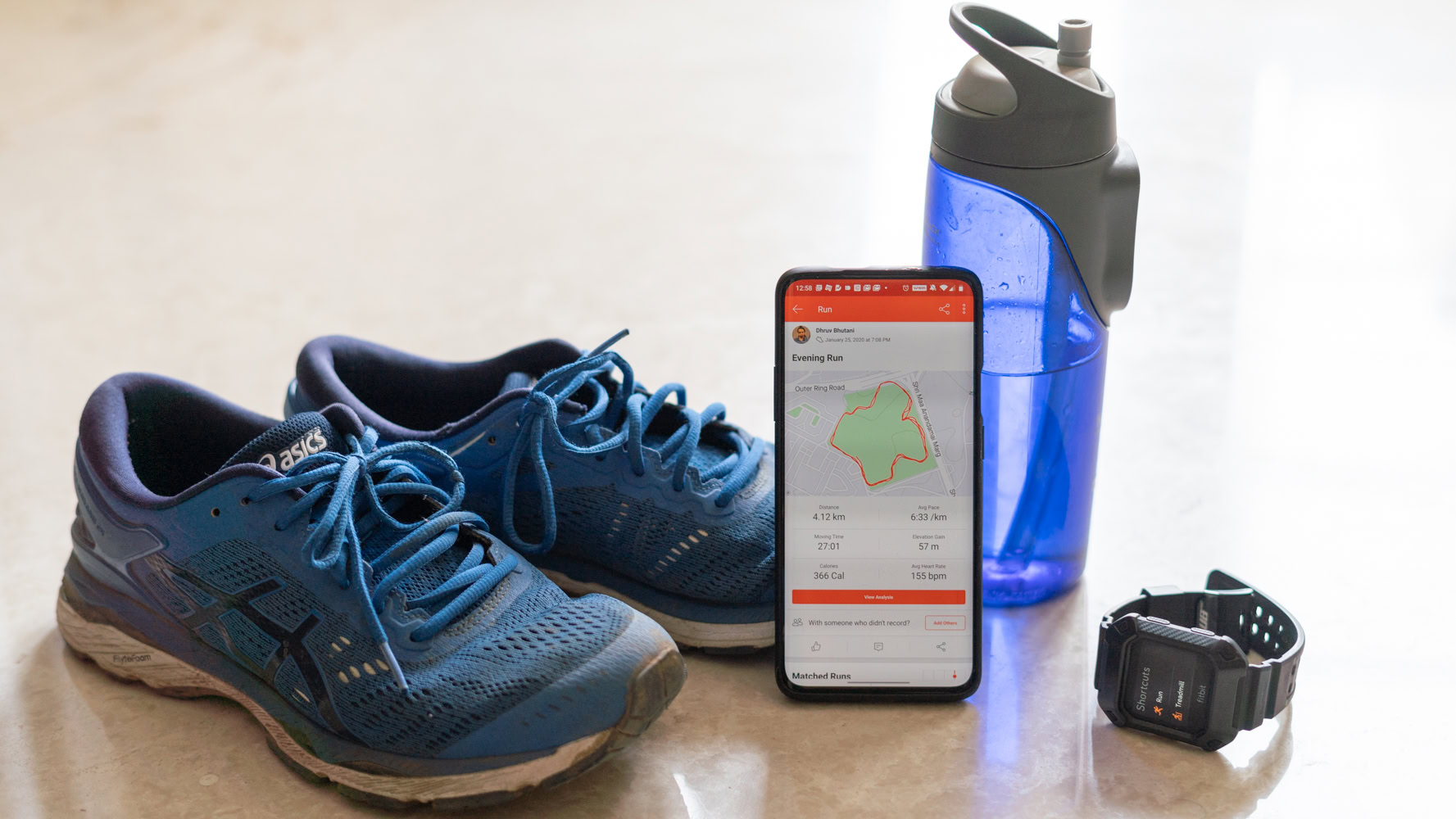
Growing up as a stereotypical geeky kid who cared more about computers than sports, I’ve always struggled with weight issues. For lack of motivation and proper guidance, I found it extremely hard to get into a routine that would work for me.
As it turns out, I’m far from alone in struggling with better health in this ever-connected world. However, it is those same tools that can be exactly what you need to guide you and, more importantly, help you stay on the path towards better fitness.
I used the power of my Android phone to drop 55lbs (~25kgs), get into better shape and start running trails and marathons. If I can do it, so can you!
Now, your goals might vary. Be it a few extra pounds gained over the holidays or the choice to lead a healthier lifestyle, losing weight is not easy even on a good day. In fact, it is extremely common to get disheartened with the lack of progress or direction. Additionally, what worked for me might not for you, and it is always a good idea to seek professional advice. Remember, everyone’s bodies are different!
The guide below should serve well as baseline suggestions for how you can create a structured regime to lose weight and achieve better health using the best fitness apps, running gear and your Android phone.
Diet control is key
As a foodie, I quickly came to realize just how many calories my favorite treats have. No matter how much exercise you put in, diet is far and away the biggest factor in a weight loss journey. Called a calorie-deficit diet, your daily caloric intake needs to be lower than what you burn. Sounds simple? You’ll be surprised by just how quickly those calories add up.
Calorie counting is fine, but apps that give you a nutrient breakdown can be much more helpful.
Keeping a tab on your daily dietary intake has multiple benefits. Of course, you can see how many calories you are taking in, and with the integrations with fitness trackers and apps, you can readily see if you are burning off enough. More than that though, it is the nutrient breakdown that comes across as more handy.
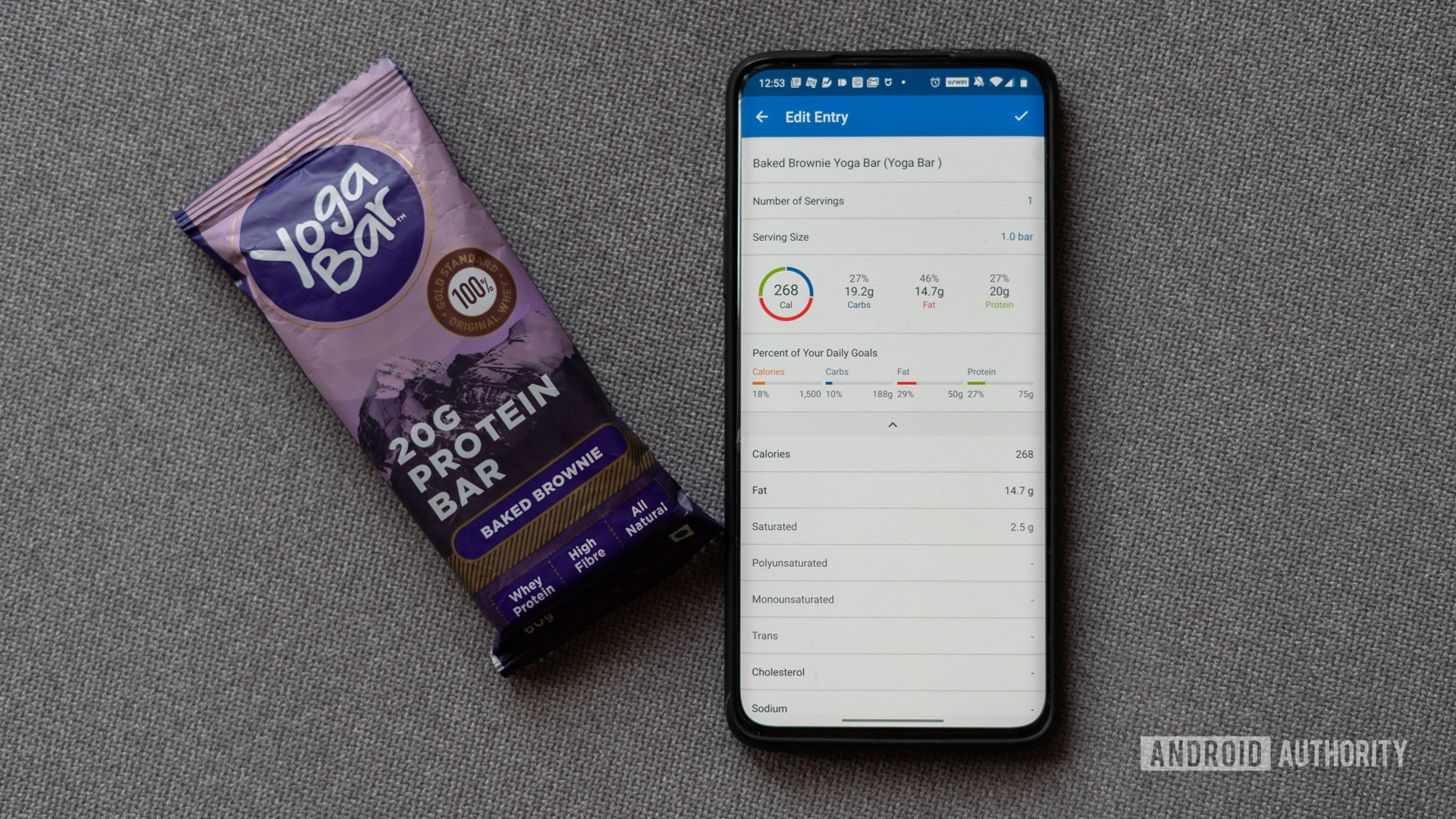
While there are many apps that claim to assist with calorie counting, a few might be better for your part of the world. I found MyFitnessPal to be among the best. The app has been around forever and doesn’t quite have the best interface, but it does the job and has a robust food database. I also tried out HealthifyMe which is another option but the constant reminders to upgrade to premium plans and the lack of integration with complementary services was off-putting.
MyFitnessPal is pretty self-explanatory as far as apps go. During the onboarding process, you will need to enter your age, height, and weight. You can then set yourself a weight goal, as well as how much weight you are aiming to lose every week.
It is easy to get too optimistic, but I would highly recommend sticking to a goal that you can realistically meet. You don’t want to get disheartened do you? Keeping a track of your food intake can show you exactly how many calories you are consuming, as well as an overview of the nutrients so that you can optimize your dietary habits.
MyFitnessPal not cutting it for you? From apps that just track your daily intake to others that can recommend customized diets, check out our list of the best diet and nutrition apps for Android to find one that might be your jam.
Keep hydrated
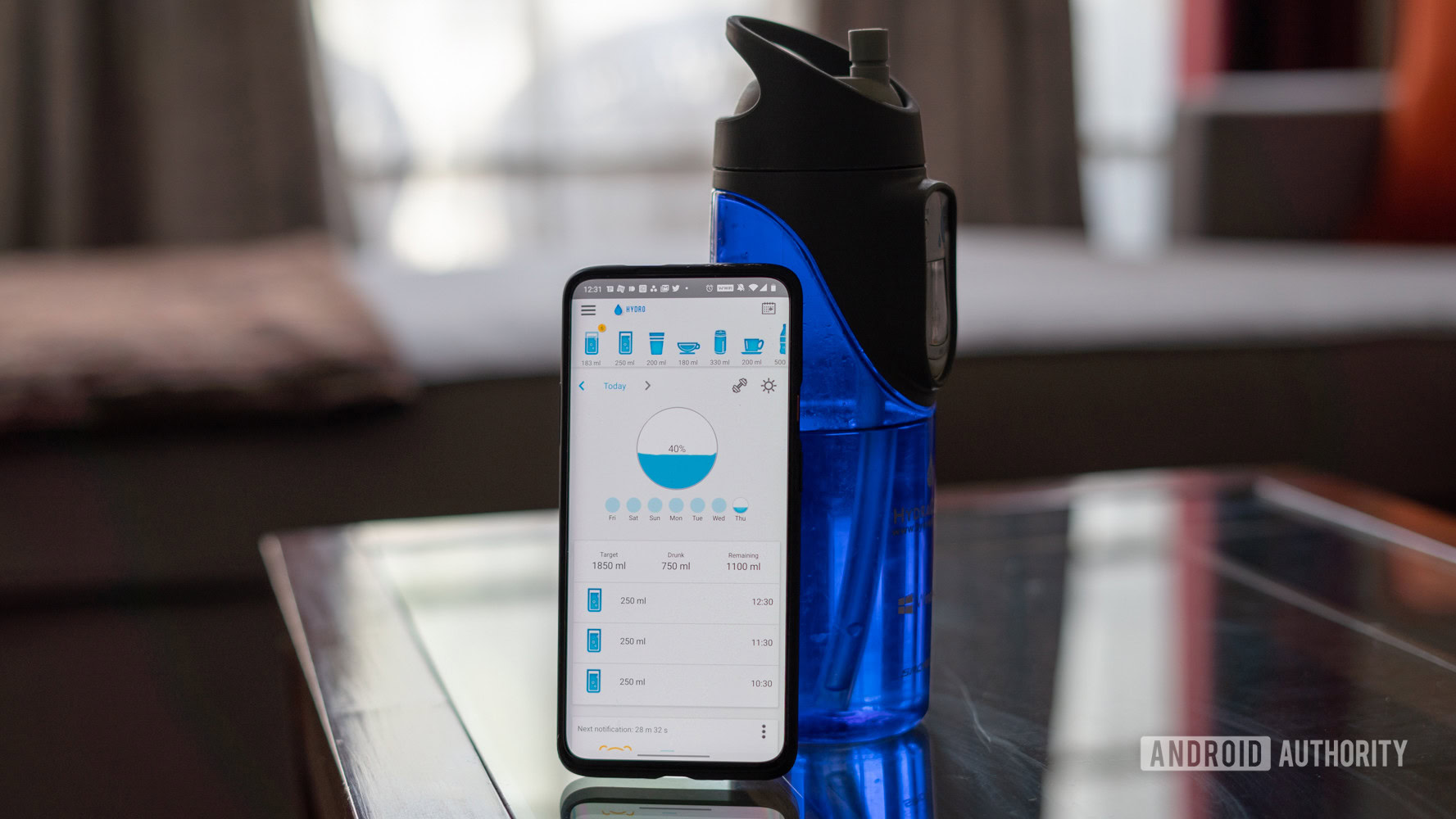
In addition to eating healthier, hydration is another aspect that most of us forget or give up on. The National Academy of Sciences, Engineering and Medicine recommend a daily water intake of 3.7 liters for an adult male.
I’m not proud of the fact that I’m particularly bad at keeping myself hydrated. If it weren’t for the constant reminders, I would likely go days without grabbing a sip of water. No, coffee is not a substitute.
Listen, I get it. It is easy to get caught up in work and activities to the point where you drink water only when you are thirsty. However, water not only helps keep you full but also helps your metabolism and assists in dropping weight faster.
I’ve found myself using the Hydro app to keep a log of my daily water intake. It also provides handy reminders if I go too long without drinking a tall glass of water. The app’s interface is a bit basic, and if you want something that can track your coffee and tea intake as well, Water Time might be another alternative. You can check out our list of the best water reminder apps for Android to take a look at more options. There are also some smart water bottles out there that you should check out.
Also read: How to get into shape with your fitness tracker in just 7 minutes… a day
Defining your fitness journey
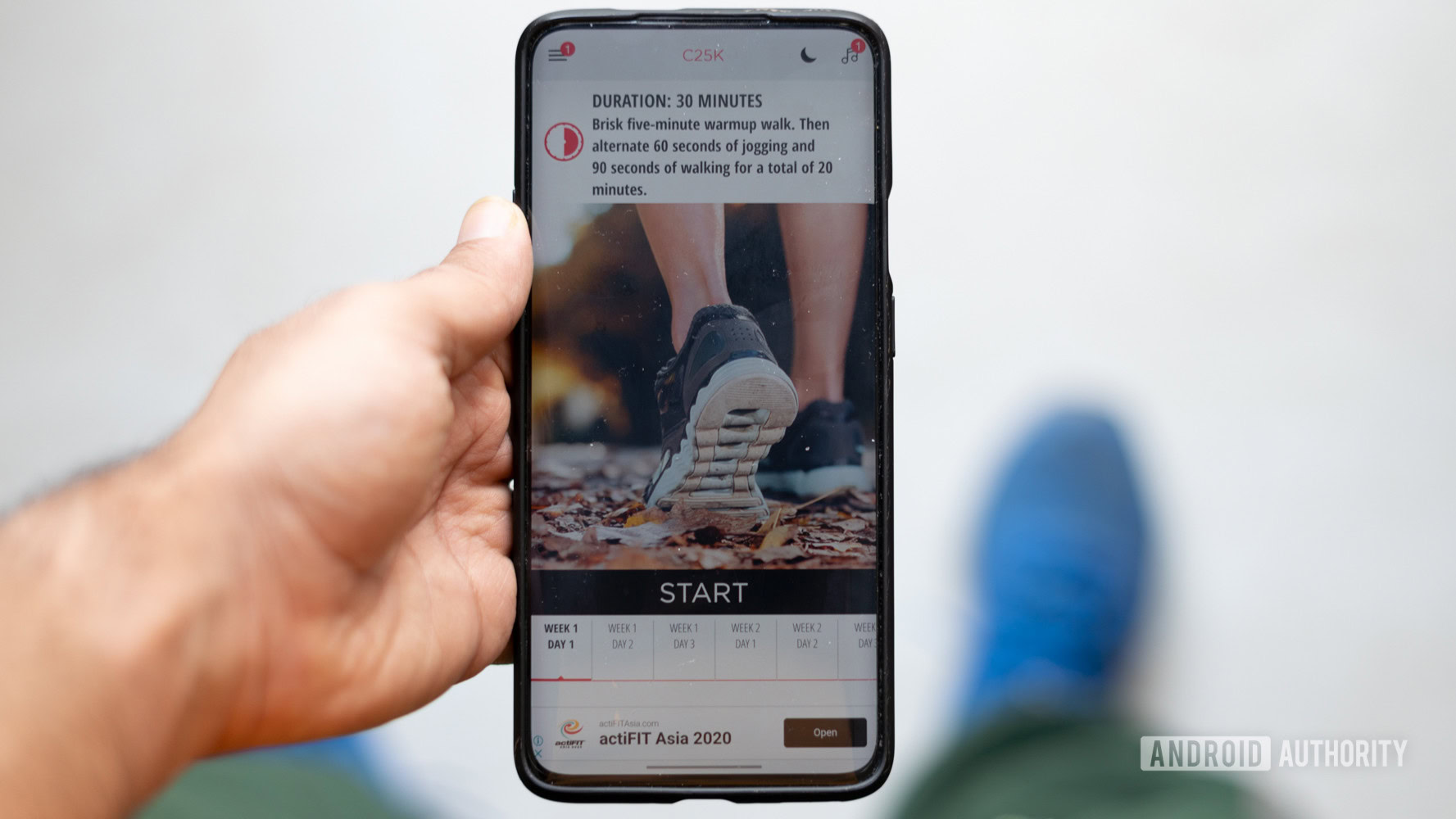
Of course, a diet can take you only that far. It is imperative that you put in the effort to burn more calories than you consume. Workouts come in many shapes and forms, be it outdoor running or hitting the weights at the gym. I needed help in coming up with a scientific plan for running better, and so it was time to turn to apps on my phone to help me plan a defined fitness routine.
Now, I’ve never been much of an athlete and achieving my goal of running a 10K was not going to be easy. Referring to our list of the best weight loss apps, I stumbled upon the Couch to 5K app.
The app presents you with an expertly designed plan for interval training and structured schedules to help you achieve your goals. Not only did the app work for me, but it also helped me get on track to run and complete marathons and trail runs. How’s that for an endorsement!
The first few days were certainly not easy. Finding the motivation to get up and go out for a run can be particularly hard. However, I observed that notifications from the app and the gamification aspect of earning ticks for completed workouts were a good incentive for me to step out every day.
If you are using a fitness tracker, it is probably best to use the accompanying app to keep a track of your outdoor runs. As a Fitbit Ionic user, I’ve been using the accompanying app to send over my data to Strava for more granular analysis of my workout data. If you don’t have a fitness tracker, you can strap in your phone in an armband and track your workouts using a range of fitness apps just as well.
Over time, I discovered that the Strava app provided a bit more granular data about my heart rate and pacing for my runs. Fitbit integrates reasonably well with Strava to upload data to the service.
If you are coming over from another fitness tracker that doesn’t, the SyncMyTracks app is a great resource to bring over all your data from some of the most popular fitness services. In my case, I had a lot of historical data from Google Fit and a range of other trackers I’d tried out.
In case you are in the market for a new fitness tracker, we’ve got an up-to-date list of the best fitness trackers to consider. Also check out our list of the best GPS running watches if you’re more into running.
But what if you need help with planning a workout?
Cardio fitness is excellent and plays a big role in dropping weight (if that is your goal), but I also wanted to work on strength training. The Play Store is chock full of apps that claim to be great workout companions. In fact, we’ve already weeded out the chaff and curated a list of the best workout apps on Android.
Which app works out best for you will ultimately depend on what you are hoping to achieve. For example, the 8Fit app would be best suited for someone who is just starting out with working out and needs a bit of hand-holding with guided workouts.
On the other hand, if you already know your way around the gym and need an app to keep logs, or to help you optimize your workout, I’ve found JEFIT to be an excellent option to plan out your workout schedule. It can help you find fresh exercises, as well as guide you on the correct technique to use with gym equipment for a more effective workout.
I ended up using a combination of both to help me find my groove at the gym. Eventually, though, I ended up crafting my own routine based on my learnings from the app.
Quantifying your activities
There’s no magic pill to make you lose weight or get healthier. No matter how much weight you wish to lose, this is a journey that takes anywhere from weeks to months and still does not really end. If you have a natural tendency to gain a few pounds, you will know that keeping the weight off is just as hard as losing it the first time around.
In my case, between my fitness tracker and the various apps that I was using, I found MyFitnessPal to be the best place to integrate all that data. The best part? The app pulls in workout data and calorie burn from connected apps and gives you a clearer picture of how your diet and exercise is affecting your fitness goals.
Read More: Everything you need to know about Google Fit
Another option that is built into Android phones is the Google Fit app. I’m not a fan of the interface and it doesn’t offer too much data, but the app integrates with most popular fitness trackers and services to give you a quick glance of your daily fitness statistics. The interface centers around activity rings and provides a gist of your daily activities and sleep cycles. Compared to more full-featured apps, I found Google Fit to be unintuitive and light on information. However, if you are just looking for the essentials, the app is free and likely pre-loaded on your phone. Certainly doesn’t hurt to give it a try.
Your phone is a powerful tool to help you lose weight
Getting healthier is hard work, but it doesn’t have to be a pain. Between the granular data and guided workout patterns that your Android phone, accompanying apps provide, it is possible to take out a lot of the effort and guesswork needed to devise an effective strategy for weight loss.
Unlike a gym, you don’t need to lock yourself into an expensive trainer either. In fact, almost all the apps mentioned here include free trials that will let you try and settle on what works best for you.
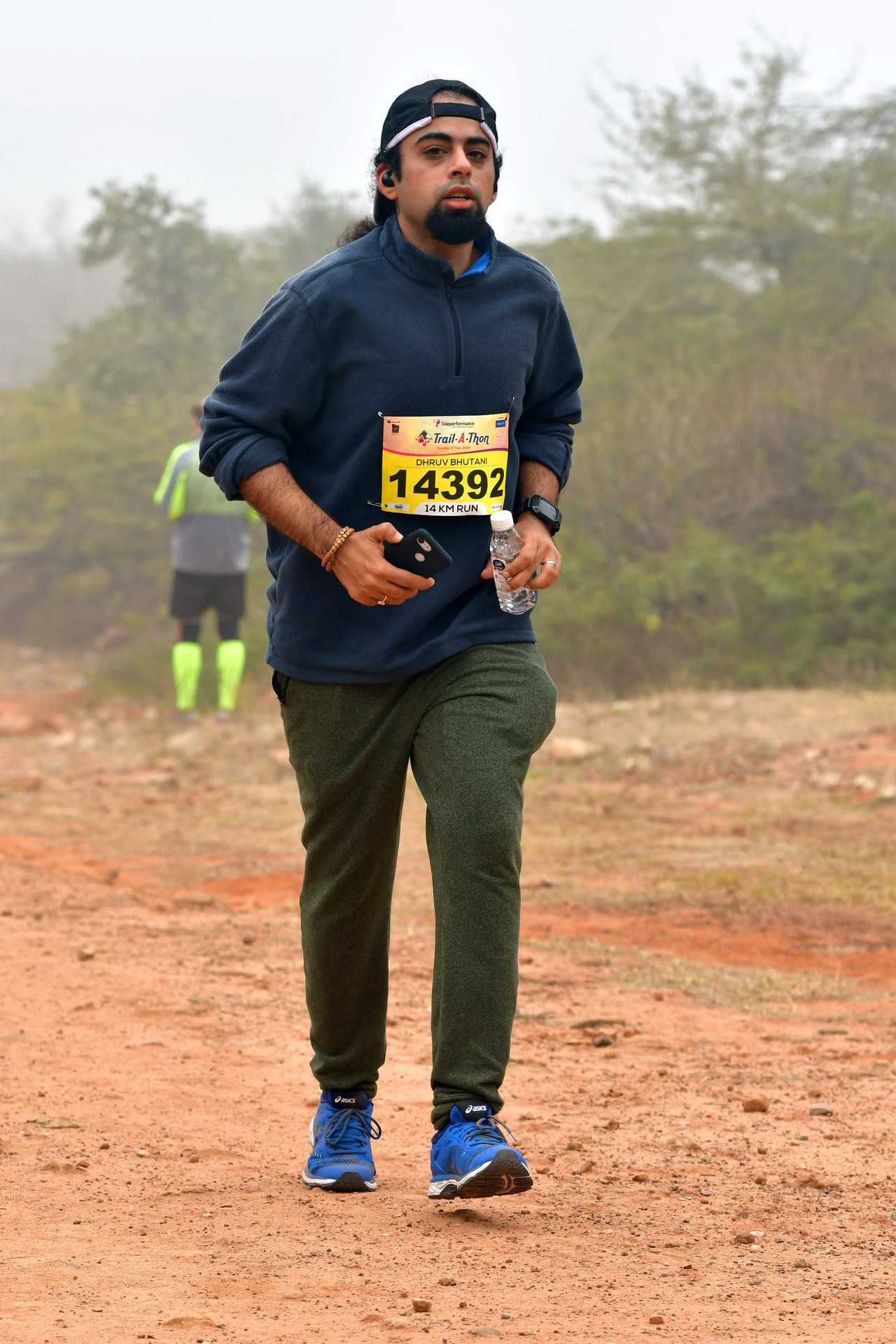
It took me six months of concerted effort to drop weight, but the journey certainly didn’t stop there.
I’ve since kept up a regimen of running three to four miles most days of the week. Between a job that doesn’t require me to walk around much and my general proclivity towards unhealthy eating, I’ve also kept up with logging my food intake on MyFitnessPal as well as keeping track of my fitness levels using the Fitbit and Strava apps.
A bigger realization for me, though, was the fact that used in a proper manner, your phone can be an indispensable tool in your fitness journey. Using a combination of apps, I was able to design, track and stick to a fitness plan that was perfectly suited to me.
It took out the hassle of working with trainers or getting disheartened with not getting results. The data was right there in my hands to see, and it motivated me to stick at it.
Your fitness is in your hands and it is incredible to see just how powerful a tool your phone can be to help you along the way. Got any favorite fitness apps? Let us know in the comments section!